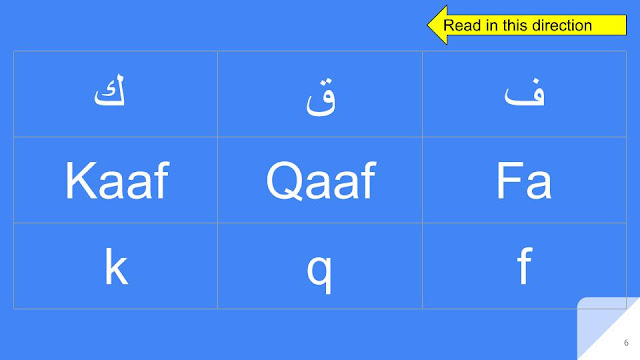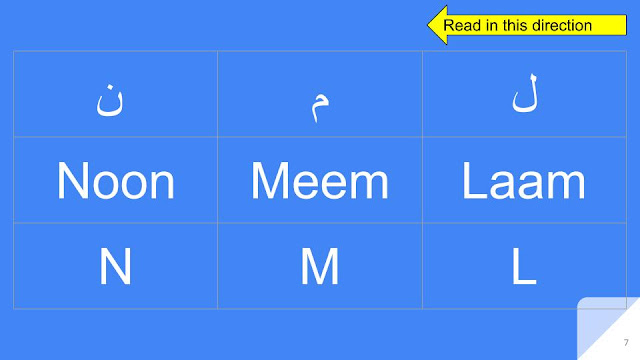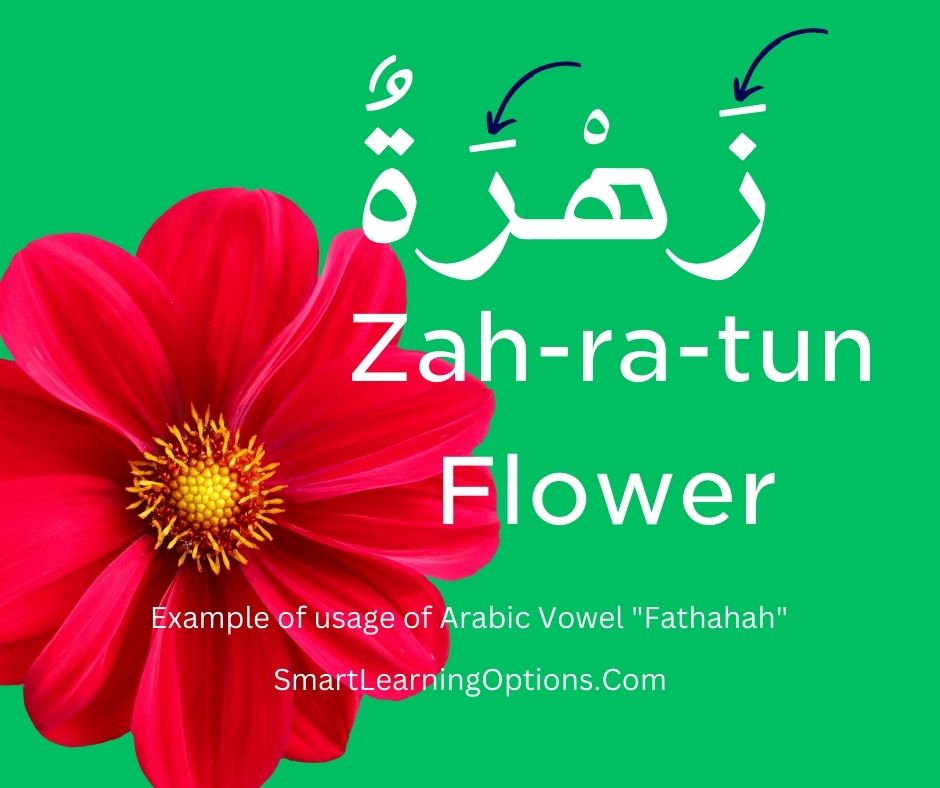Arabic (Arabic: العَرَبِيَّة, al-ʻarabiyyah) is named after the Arabs and is native to Countries of the Arab League. There are about 300 million - 422 million native speakers (2017).
It is also spoken in parts of Asia, Africa, and Europe.
Writing System
The Arabic alphabet is written from right to left.
The language includes 28 letters.
Both printed and written Arabic text are cursive.
Most of the letters within a word are directly connected to the adjacent letters (with a few exceptions)
The Arabic alphabet is always cursive and letters vary in shape depending on their position within a word.
Each Alphabet can be written in four different forms depending on its position in the word. They are:
Initial position
Middle position
Final position
Isolated position.
Some letters show considerable variations within the Four positions, while others remain almost the same across all four positions.
Generally, letters in the same word are linked together on both sides by short horizontal lines.
Six letters (و ز ر ذ د ا) don't have a different middle form and have to be written with their final form without being connected to the next letter. Their initial form matches the isolated form.
For example, أرارات (Ararat) has only isolated forms because each letter cannot be connected to its following one.
Some letter combinations are written as ligatures (special shapes), notably lām-alif ( لا )
Classical Arabic
During the Middle Ages, Literary Arabic was a major vehicle of culture in Europe, especially in science, mathematics and philosophy. As a result, many European languages have also borrowed many words from it. Arabic influence, mainly in vocabulary, is seen in European languages, mainly Spanish and to a lesser extent Portuguese, Valencian and Catalan, owing to both the proximity of Christian European and Muslim Arab civilizations and 800 years of Arabic culture and language in the Iberian Peninsula, referred to in Arabic as al-Andalus.
Sicilian has about 500 Arabic words as a result of Sicily being progressively conquered by Saracens from North Africa, from the mid-9th to mid-10th centuries. Many of these words relate to agriculture and related activities (Hull and Ruffino).
Balkan languages, including Greek and Bulgarian, have also acquired a significant number of Arabic words through contact with Ottoman Turkish.
Arabic has influenced many languages around the globe throughout its history. Some of the most influenced languages are Persian, Turkish, Spanish, Maltese, Urdu, Kashmiri, Kurdish, Bosnian, Kazakh, Bengali, Hindi, Malay, Maldivian, Indonesian, Pashto, Punjabi, Tagalog, Sindhi and Hausa and some languages in parts of Africa.
Conversely, Arabic has borrowed words from other languages including Greek and Persian in medieval times, and contemporary European languages such as English and French in modern times.
Classical Arabic is the liturgical language of 1.7 billion Muslims.
Modern Standard Arabic
Modern Standard Arabic (MSA) is the literary standard across the Middle East, North Africa and the Horn of Africa.
Modern Standard Arabic is an official language of 28 states, the third most after English and French.
It is spoken by perhaps as many as 422 million speakers (native and non-native) in the Arab world, making it the fifth most spoken language in the world.
It is one of the six official languages of the United Nations.
Most printed material by the Arab League—including most books, newspapers, magazines, official documents, and reading primers for small children—is written in MSA. It is widely taught in schools and universities.
Modern Standard Arabic is also spoken by people of Arab descent outside the Arab world when people of Arab descent speaking different dialects communicate with each other.
The modern written language (Modern Standard Arabic) is derived from Classical Arabic.
The two formal varieties are grouped as Literary Arabic (fuṣḥā), which is the official language of 26 states and the liturgical language of Islam.
Modern Standard Arabic largely follows the grammatical standards of Classical Arabic and uses much of the same vocabulary. However, it has discarded some grammatical constructions and vocabulary that no longer have any counterpart in the spoken varieties and has adopted certain new constructions and vocabulary from the spoken varieties.
Much of the new vocabulary is used to denote concepts that have arisen in the post-classical era, especially in modern times.
Reading out loud in MSA for various reasons is becoming increasingly simpler, using less strict rules compared to CA, notably the inflection is omitted, making it closer to spoken varieties of Arabic. It depends on the speaker's knowledge and attitude to the grammar of Classical Arabic, as well as the region and the intended audience.
Pronunciation of native words, loanwords, and foreign names in MSA is loose, names can be pronounced or even spelt differently in different regions and by different speakers. Pronunciation also depends on the person's education, linguistic knowledge and abilities.

























.jpg)
.jpg)
.jpg)
.jpg)

















